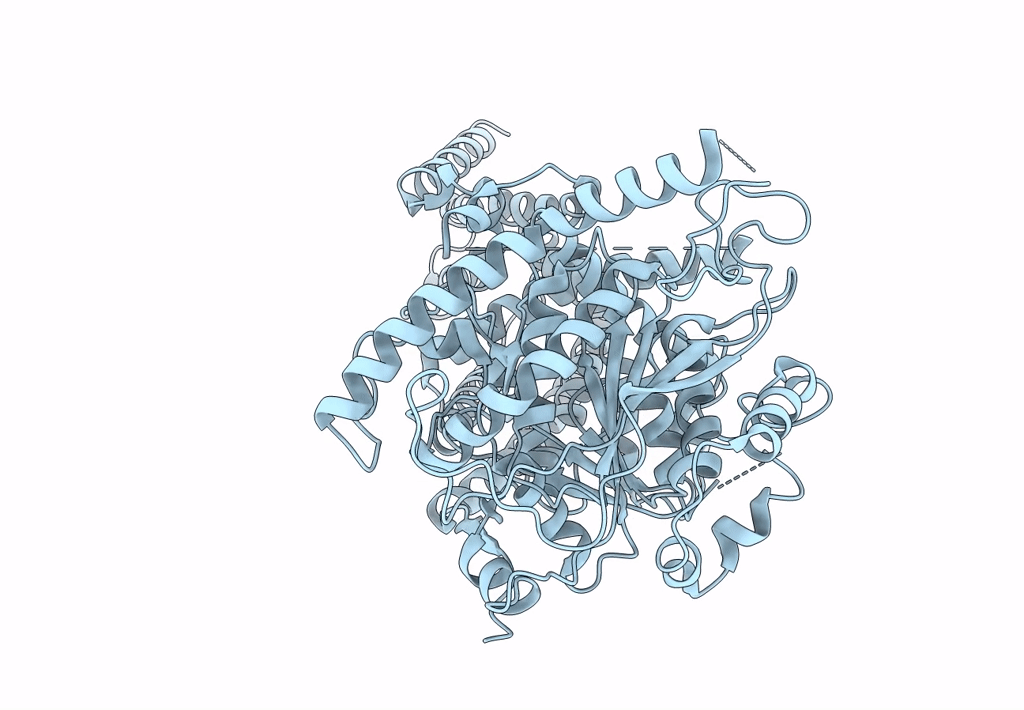
Deposition Date
2022-07-19
Release Date
2022-11-30
Last Version Date
2024-06-12
Entry Detail
PDB ID:
8DQK
Keywords:
Title:
Intermediate resolution structure of barley (1,3;1,4)-beta-glucan synthase CslF6.
Biological Source:
Source Organism:
Hordeum vulgare (Taxon ID: 4513)
Host Organism:
Method Details:
Experimental Method:
Resolution:
4.00 Å
Aggregation State:
PARTICLE
Reconstruction Method:
SINGLE PARTICLE


